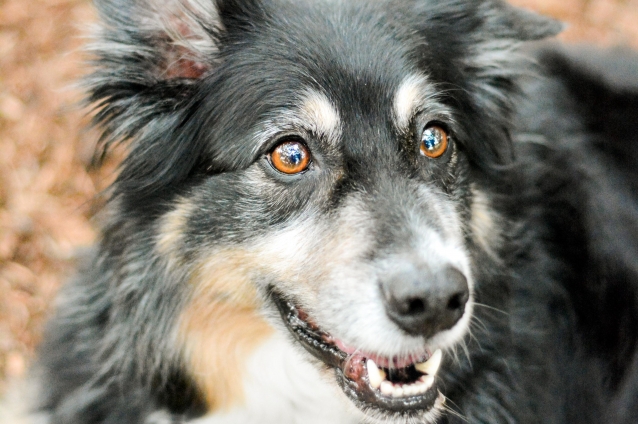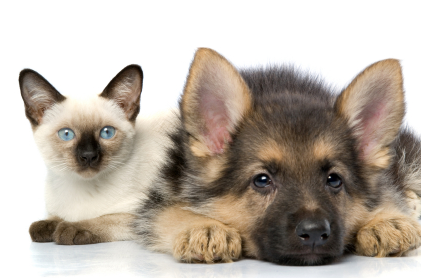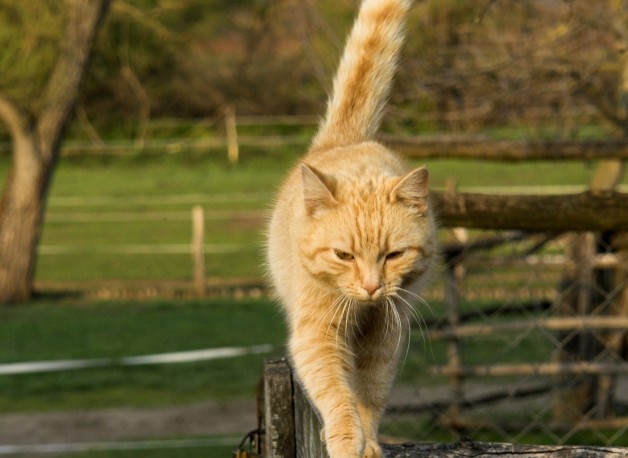 While there is a lot of information regarding the importance of good oral health, few pet owners regularly take the single most effective measure to prevent periodontal disease: toothbrushing. This is especially true with cats.
While there is a lot of information regarding the importance of good oral health, few pet owners regularly take the single most effective measure to prevent periodontal disease: toothbrushing. This is especially true with cats.
Tag: Symptoms
Urinary Incontinence in Dogs
 Urinary incontinence occurs when a housetrained dog loses control of his or her bladder. The severity can range from occasional small urine leaks to inadvertent voiding of a large amount of urine. This article will discuss the causes, symptoms and treatment options available for urinary incontinence in dogs.
Urinary incontinence occurs when a housetrained dog loses control of his or her bladder. The severity can range from occasional small urine leaks to inadvertent voiding of a large amount of urine. This article will discuss the causes, symptoms and treatment options available for urinary incontinence in dogs.
Could Your Dog Have Fall Allergies Too?
 We’ve all seen or felt it before: the sneezing, the itching, the watery eyes, the irritated nasal passages and so on. But your dog is now exhibiting signs of the typical behavior for fall allergies in humans. Could your dog have allergies too? Is this even possible? What are the signs and symptoms you should be concerned about, and when is the appropriate time to call the vet?
We’ve all seen or felt it before: the sneezing, the itching, the watery eyes, the irritated nasal passages and so on. But your dog is now exhibiting signs of the typical behavior for fall allergies in humans. Could your dog have allergies too? Is this even possible? What are the signs and symptoms you should be concerned about, and when is the appropriate time to call the vet?
Heartworm Disease Awareness
Heartworm disease is a serious and likely fatal disease among pets in the United States and many other parts of the world. It is caused by worms that live in the heart, lungs and associated blood vessels of affected pets. These foot-long worms can cause severe lung disease, heart disease and damage to other organs. This disease is most commonly known in dogs and cats. It can also live in many mammal species including wolves, coyotes, foxes, sea lions and, although rarely, in humans. With wild animals like coyotes and foxes now living closer in proximity to many cities, they are thought to be important carriers of heartworm disease.
H1N1 Influenza in Felines
The H1N1 variation of the flu virus, previously referred to as “swine flu”, is infectious to felines and in addition to individuals. Moreover, this virus is additionally known to contaminate dogs, pigs, and ferrets. In spite of the fact that the spread of this specific flu infection is no more thought to be a pandemic, it is still spreading around the world.
Canine Influenza Virus
The virus that causes dog flu, Influenza Type A (H3N8), was first identified in Florida in 2004. It primarily infects the respiratory system and is extremely contagious. A vaccine was granted full license by the United States Department of Agriculture in 2009 (Nobivac® Canine Flu H3N8). Some dogs can be exposed to the virus and fight off infection without showing clinical signs.
Feline Leukemia Virus
Feline Leukemia Virus (FeLV) is a virus that can affect the immune system and a plethora of other bodily functions and abilities. If not prevented with vaccines or safe measures, it has the chance to be a fatal virus.



















